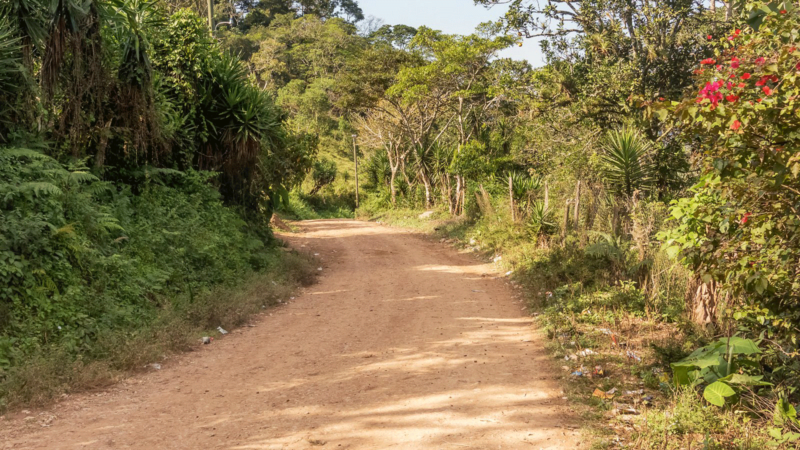Underdog to Champion
While neighbors Nicaragua and Guatemala have long occupied peaks of success in the coffee industry, Honduras has only recently earned recognition for the quality of its coffee.
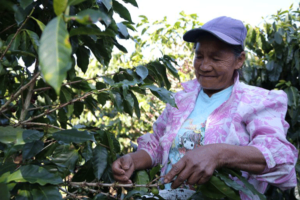 Few dispute that well-processed beans from the country deliver rich flavor and a pleasant palette of sweet aromas. It’s impossible to characterize Honduran coffee with a single set of descriptors. Instead, each region’s beans reflect its growing conditions, varieties, and methods of processing – but coffee that Holler Roast Coffee purchases will earn your praise. You’ll find a smooth cup with medium body, low acidity, obvious though complex aroma, and a prevailing flavor of chocolate.
Few dispute that well-processed beans from the country deliver rich flavor and a pleasant palette of sweet aromas. It’s impossible to characterize Honduran coffee with a single set of descriptors. Instead, each region’s beans reflect its growing conditions, varieties, and methods of processing – but coffee that Holler Roast Coffee purchases will earn your praise. You’ll find a smooth cup with medium body, low acidity, obvious though complex aroma, and a prevailing flavor of chocolate.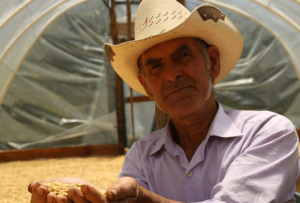
Want some statistics to define the success of the centuries-long efforts to improve the Honduras coffee industry? Its land mass is less than half that of Ecuador, one-tenth the size of Colombia and a mere dot compared with Brazil. Nevertheless, Honduras ranks fifth worldwide, first in Central America, and third in Latin America coffee production (2020/2021 USDA figures).
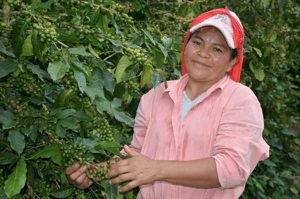 Coffee cooperatives, concerted governmental building and training programs – often heavily subsidized by international coffee and humanitarian organizations – and the usual grit, determination, and hard work that characterizes most success stories have brought Honduras through a daunting series of difficulties to its present stature in the coffee world.
Coffee cooperatives, concerted governmental building and training programs – often heavily subsidized by international coffee and humanitarian organizations – and the usual grit, determination, and hard work that characterizes most success stories have brought Honduras through a daunting series of difficulties to its present stature in the coffee world.
More than 100,000 families across Honduras are involved in coffee production, nearly all relying on family labor. 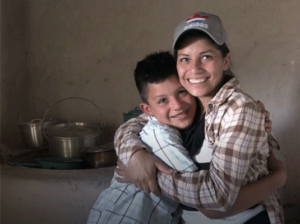 95% are small-scale farms, with 70% under 2 hectares (about 13 acres) but produce a composite 30% of the country’s coffee. The average farmer’s age is 46, 10 years younger than it was 10 years ago.
95% are small-scale farms, with 70% under 2 hectares (about 13 acres) but produce a composite 30% of the country’s coffee. The average farmer’s age is 46, 10 years younger than it was 10 years ago.
Politics, Transportation, Weather, and Disease
Spanish traders introduced coffee plants in the 18th century, with Spain retaining control of the industry. Even after Honduras gained independence in 1821, the paucity of a transportation substructure and vehicles plagued growers and processors. Large-scale emigration decimated – and continues to challenge – the workforce.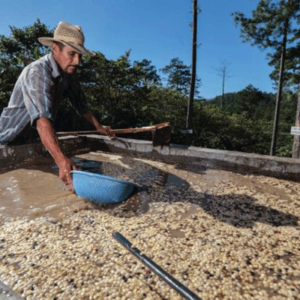
In 1949, national efforts focused on establishing roads throughout the small country, and coffee took off, despite continuing setbacks caused by political violence and weather. During the final years of the 20th century, coffee leaf rust invaded, affecting 50% of farms in the six coffee-growing regions of Copán, Opalaca, Montecillos, Comayaga, El Paraiso, and Agalta. (Early and vigorous prevention and control methods are in place and showing good results.) 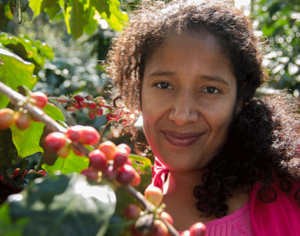 In 1999, Hurricane Mitch virtually destroyed the country’s coffee farms. Just as farmers replanted and began to bring in much-needed harvests, during a mere two weeks in 2020, Hurricanes Eta and Iota destroyed more than 25,000 acres of cropland.
In 1999, Hurricane Mitch virtually destroyed the country’s coffee farms. Just as farmers replanted and began to bring in much-needed harvests, during a mere two weeks in 2020, Hurricanes Eta and Iota destroyed more than 25,000 acres of cropland.
Honduras may be small, but its coffee is richly, deliciously diverse in varieties, processes, altitudes, and micro-climates, offering lucky coffee enthusiasts a broad experience of the range of coffee. We are fortunate to offer a fine coffee from Honduras as the first Coffee of the Month in 2022.
Enjoyable Reading
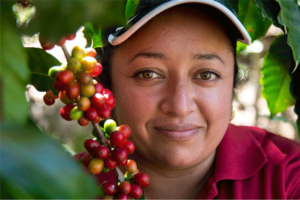 Although I recognize that men, women, children, and seniors all work with and are instrumental in the production of coffee from Honduras, here’s an extra article that struck me: “Women Coffee Growers Beating the Odds in Honduras,” from Seed Change, formerly USC Canada, published September 29, 2019.
Although I recognize that men, women, children, and seniors all work with and are instrumental in the production of coffee from Honduras, here’s an extra article that struck me: “Women Coffee Growers Beating the Odds in Honduras,” from Seed Change, formerly USC Canada, published September 29, 2019.


